June 21, 2025 | 03:53 GMT +7
June 21, 2025 | 03:53 GMT +7
Hotline: 0913.378.918
June 21, 2025 | 03:53 GMT +7
Hotline: 0913.378.918
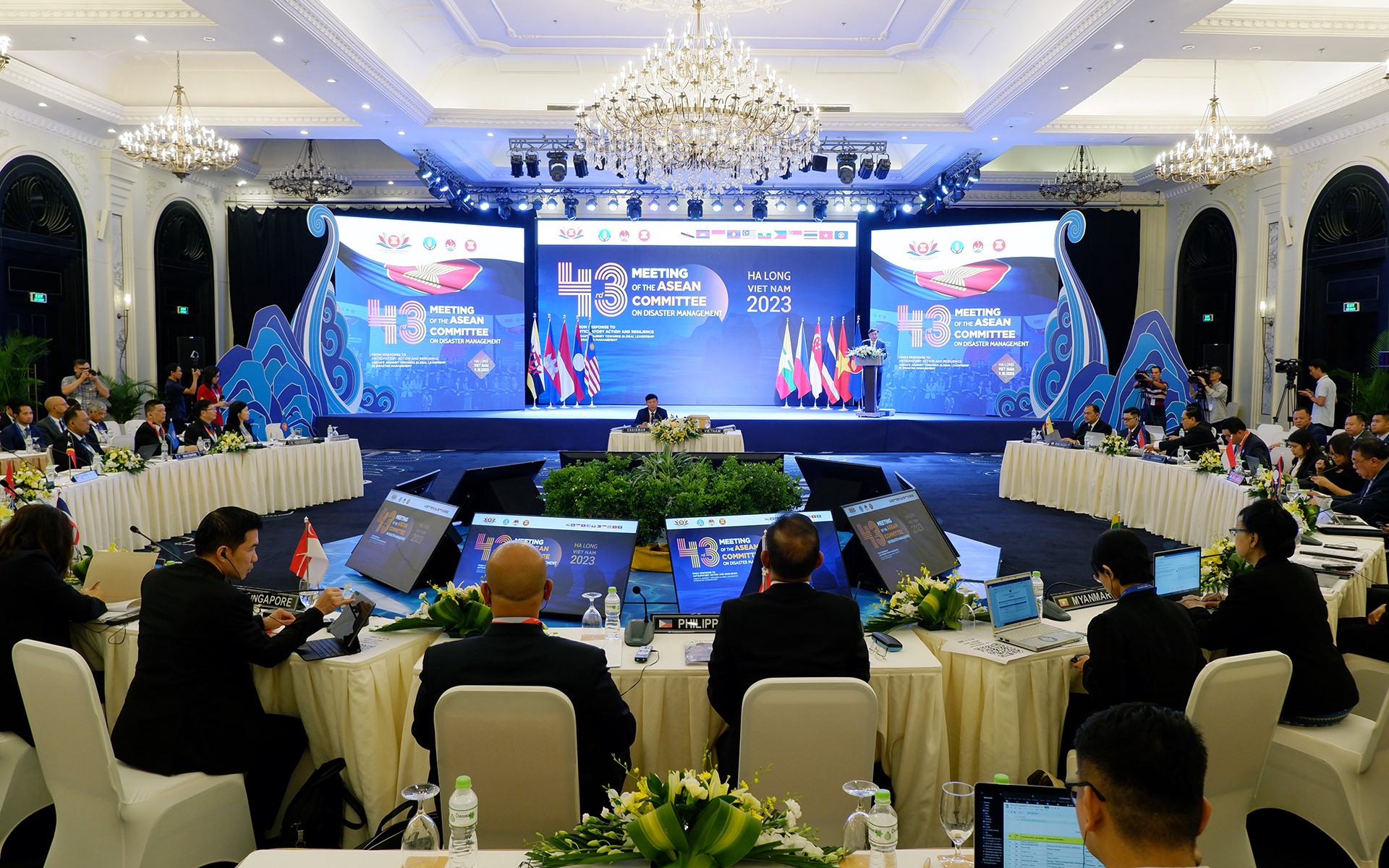
Discussion panorama at the 43rd Annual Meeting of ACDM in Quang Ninh. Photo: Bao Thang.
In the spirit of working urgently, the 43rd Annual Meeting of the ASEAN Committee on Disaster Management (ACDM) discussed and commented on eight content groups. Among them, there are key tasks such as: Updating the progress of implementing the ASEAN Agreement on Disaster Management and Emergency Response (AADMER) Work Programme 2021-2025; Perfecting the draft Ha Long Declaration of ASEAN Ministers on Strengthening Early Action in ASEAN Disaster Management.
The meeting also heard and commented on the achievements and shortcomings that need to be overcome of the AADMER Work Programme 2021–2025; gave opinions on developing the Work Programme 2025–2030; and deployed the financial regulations of the ASEAN Disaster Management and Emergency Relief Fund (ADMER Fund).
Chairing the meeting, Mr. Pham Duc Luan, Director of the Department of Dike Management and Disaster Prevention and Control, Ministry of Agriculture and Rural Development, summarized that 33 presentations and opinions exchanged from Committee member countries and attending delegates were presented at the meeting. The plan to organize the upcoming 44th ACDM Meeting was also mentioned in the agenda.
In his summative assessment, Mr. Luan said: "The results of today's in-depth discussion will make important decisions to report to the 11th ASEAN Ministerial Conference on Disaster Management that will take place on October 12, as well as further develop cooperation among ASEAN countries and cooperation between ASEAN and partner countries and international organizations on natural disaster risk management".
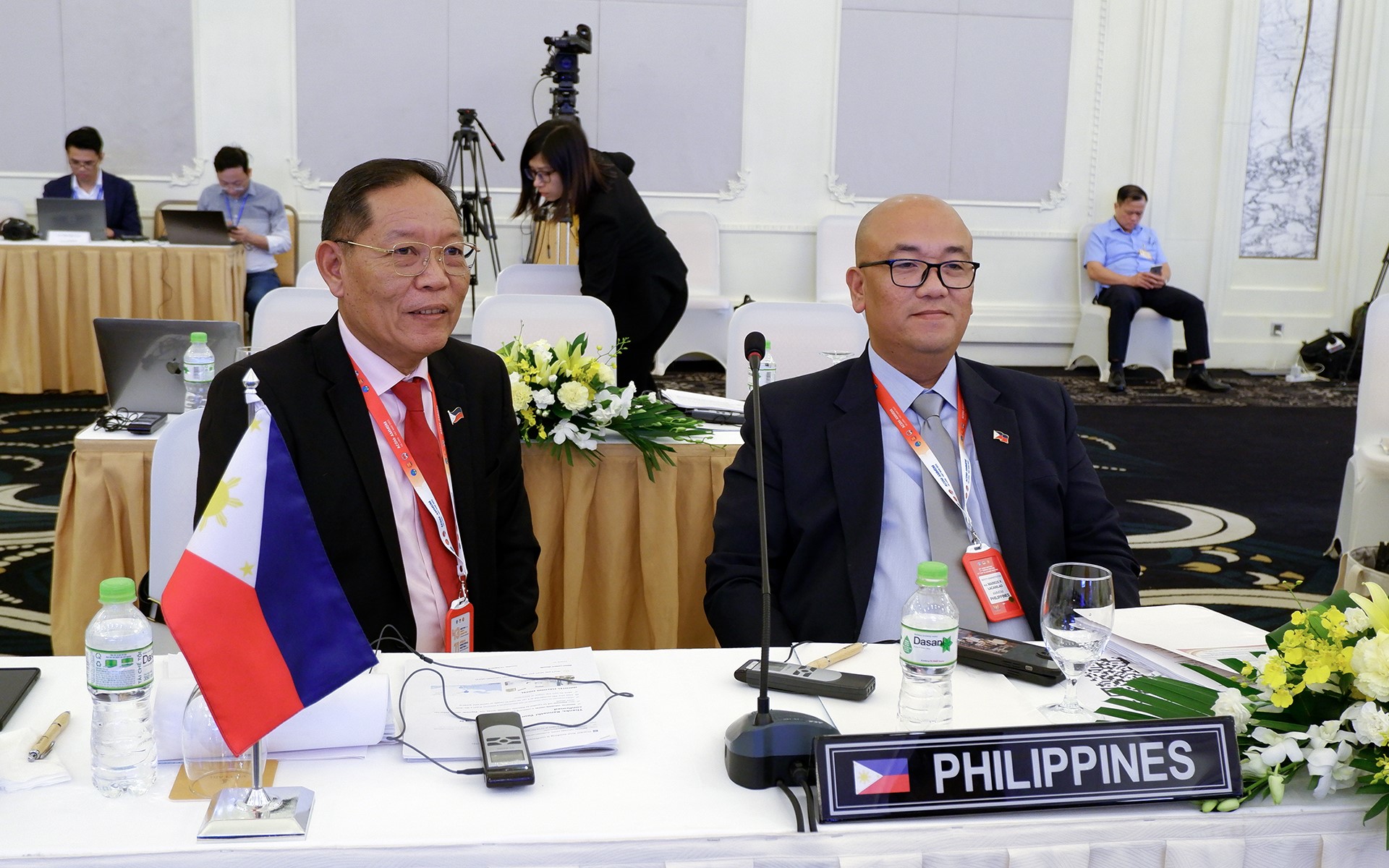
The Philippine delegates attended the meeting on natural disaster management. Photo: Bao Thang.
According to Mr. Luan, with the support and assistance of ASEAN member countries, the ASEAN Secretariat, and relevant agencies, Vietnam and Brunei have fulfilled the task of coordinating ASEAN natural disaster management activities in 2023, right on the 20th anniversary of the establishment of the Committee, with many effective work programs. On this occasion, he would like to send his sincere thanks to all delegates.
This is a demonstration of the commitment of the Vietnam natural disaster management agency to actively and responsibly participate in ASEAN natural disaster management activities, contributing to building a united, strong ASEAN community pioneering global natural disaster management.
On behalf of ACDM Vietnam, Mr. Nguyen Van Tien, Deputy Director of the Department of Dike Management and Disaster Prevention and Control, said that strengthening early action in natural disaster management is extremely necessary.
“From response to early action and strengthening resilience, ASEAN aims for the role of a global leader in natural disaster management. This is also consistent with the theme of Vietnam's ACDM Presidential Year," said Mr. Tien.
Currently, the ASEAN framework on early action in natural disaster management has been promoted by ACDM to be developed from November 2021 to May 2022. The framework aims to ensure that early warnings are converted into effective actions, thereby minimizing the impacts of natural disasters throughout the region.
On that basis, ACDM recommends focusing on three main pillars. First, improve information on natural disaster risks and systems of forecasting and early warning for planning, operation, and implementation. Second, strengthen the planning, operation, and implementation of providing early activities for disaster preparation and response. Third, promote the allocation of advance support funds to successfully implement early actions in disaster risk mitigation.

Risk management and natural disaster prevention are of great concern to ASEAN countries. Photo: Quang Dung.
Of which, improving capacity for information systems on natural disaster risks, forecasting, and early warning is a priority area. Countries in the region will strengthen capacity and work with the ASEAN Coordinating Centre for Humanitarian Assistance on Disaster Management (AHA Centre) to share natural disaster risk information (DMRS, ADINet).
At the same time, develop mechanisms to encourage ACDM to integrate some measures to trigger early action based on regional and cross-border disaster risk assessments; find mechanisms to share data in the region with partners; and improve capacity for systems of comprehensive early warning and impact-based forecasts in the region.
In the near future, ASEAN will focus on innovative approaches, sustainable network and finance building, cross-sectoral and multi-layered governance, and a people-centered approach by 2025. All aim to call for the stakeholders to adapt, respond better, and be more competitive in disaster resilience capacity.
Sharing the results at the meeting, the ACDM Philippine representative proposed that attending delegates should have a plan to research and carefully calculate human-related risks in natural disaster response and management. He also expressed his opinion that, along with technical plans, the parties should have a plan to raise awareness among the community and encourage people to join hands to protect natural disaster prevention works.
Translated by Huyen Vu Thu
![Turning wind and rain into action: [10] Advancing accessible climate services for farmers](https://t.ex-cdn.com/nongnghiepmoitruong.vn/608w/files/linhnhp/2025/06/20/1911-z6704423696987_15fd32ffc26d590d204d520c9dac6786-nongnghiep-161854.jpg)
(VAN) Not only does it help farmers 'avoid droughts and rains,' the development of agricultural climate services also enhances their ability to proactively adapt to a rapidly changing climate.
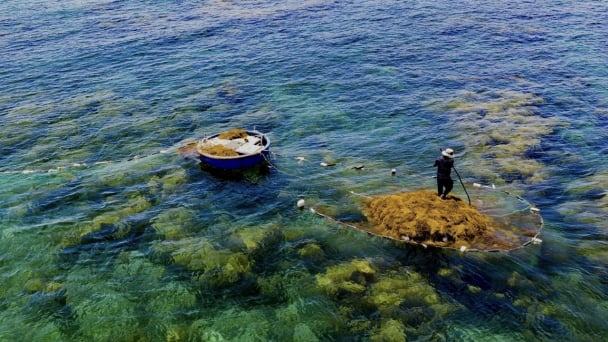
(VAN) With international assistance, the harvesting of sargassum seaweed in Quang Ngai has become increasingly regulated, thereby safeguarding marine life and ensuring the stability of coastal communities' livelihoods.
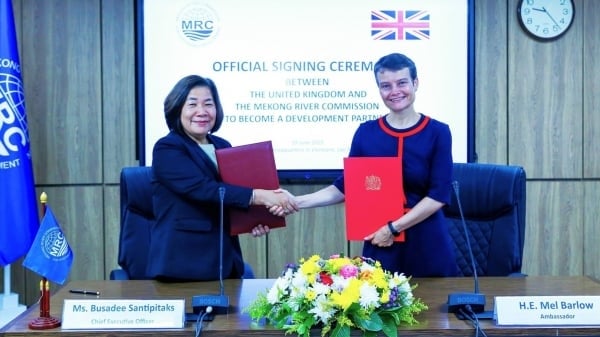
(VAN) On June 19, the United Kingdom officially became a Development Partner of the Mekong River Commission.
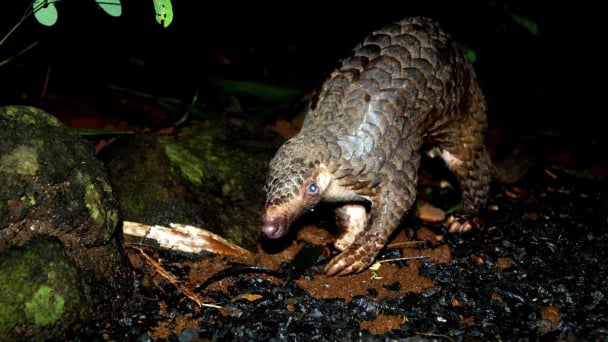
(VAN) Biodiversity is being threatened by traditional remedies made from wildlife. Traditional medicine and humans must change to live in harmony with nature.
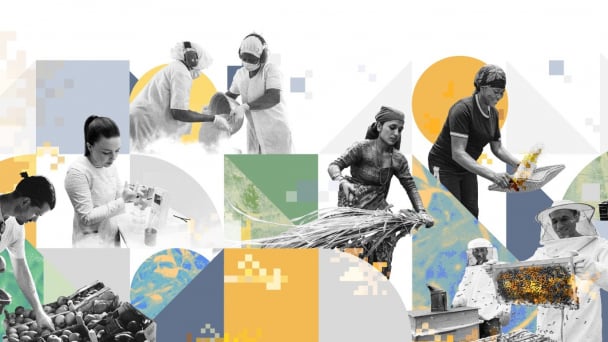
(VAN) Agrifood investment and finance solutions for people and the planet.
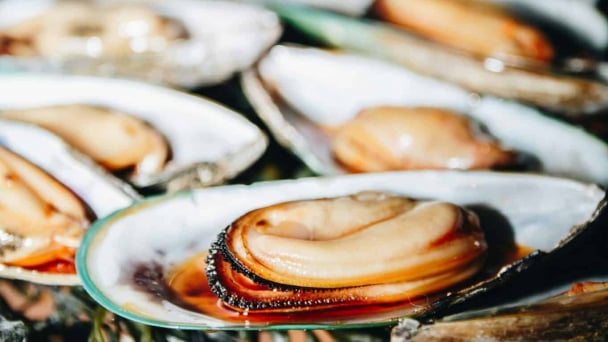
(VAN) Microplastic contamination has become pervasive in seafood, posing unprecedented challenges for food safety and marine ecosystems.
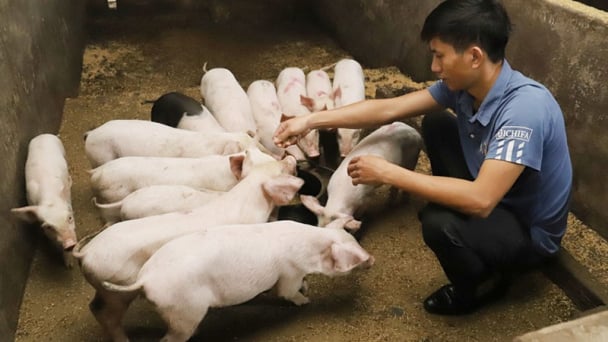
(VAN) Proactively using vaccines, combined with transport control and enhanced surveillance, is the only viable path toward biosecure and sustainable livestock production in Vietnam.